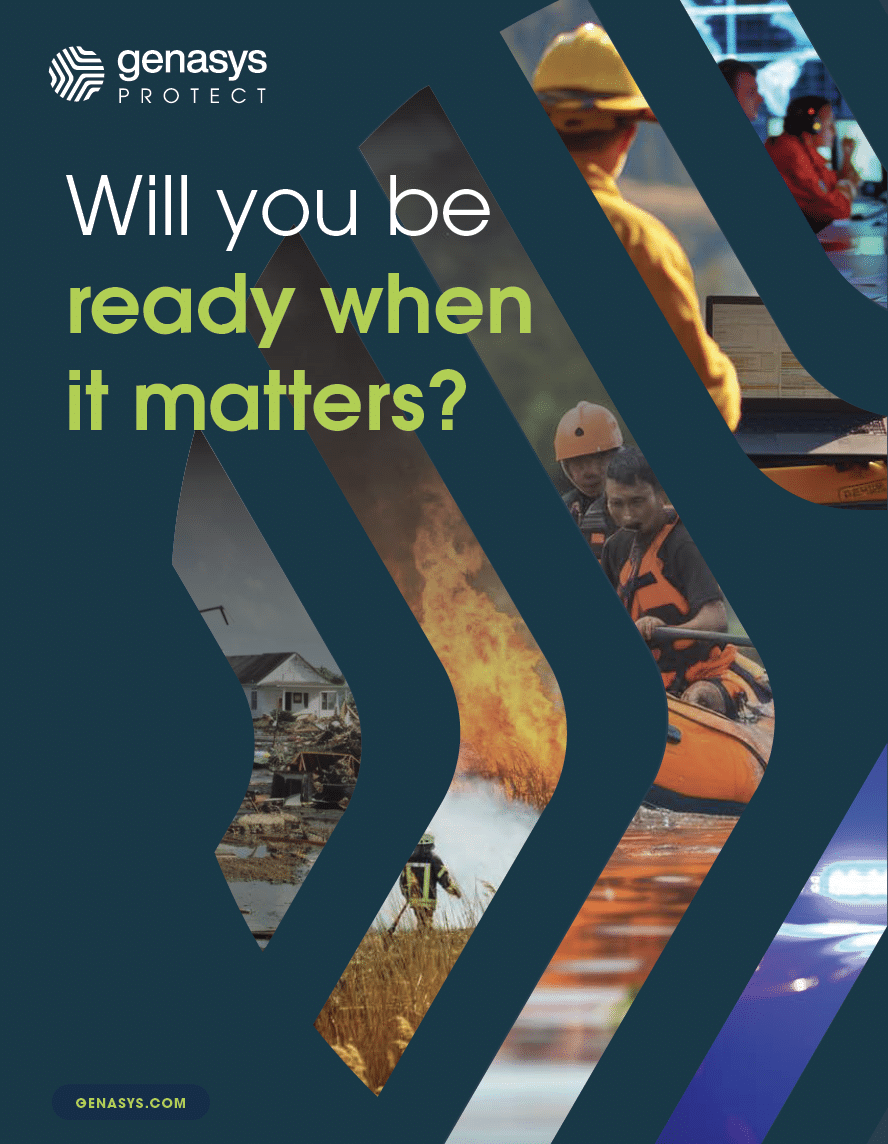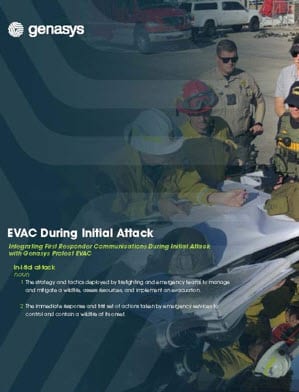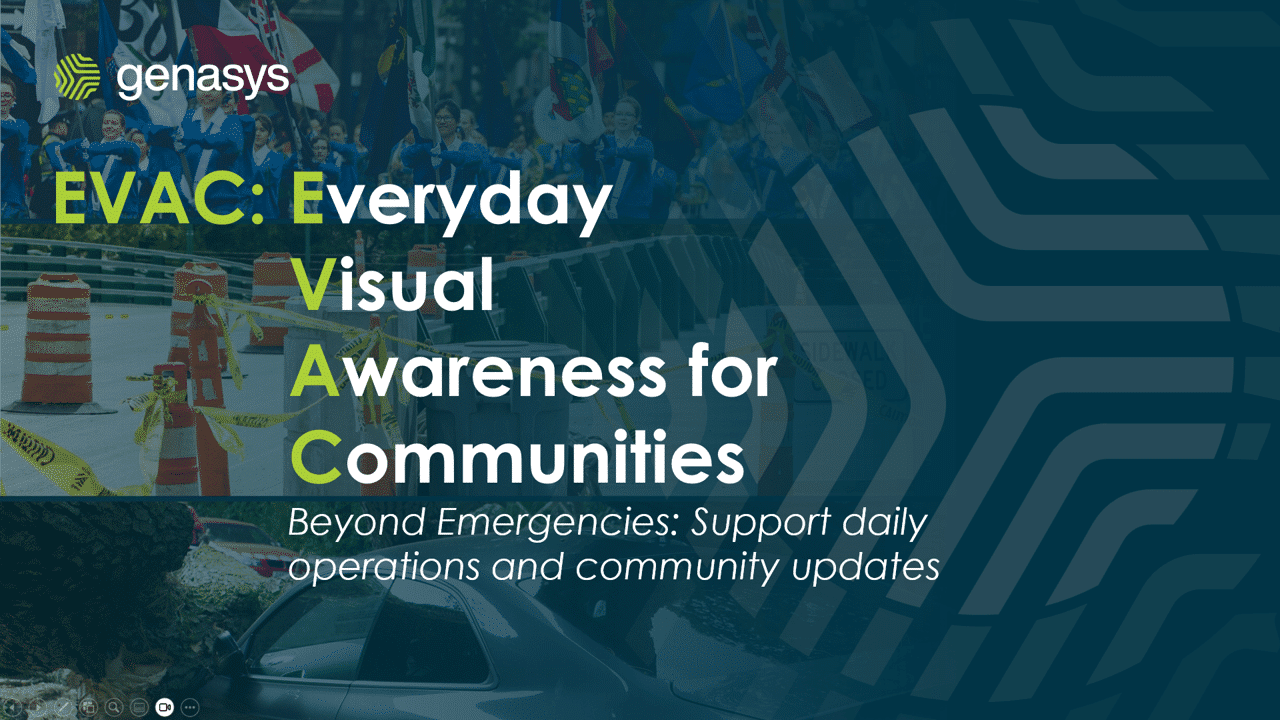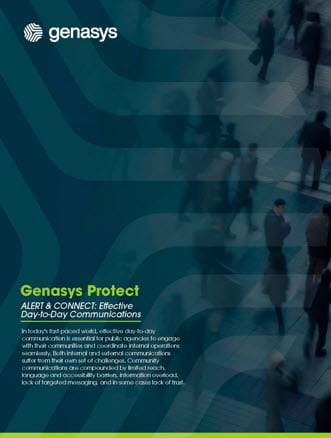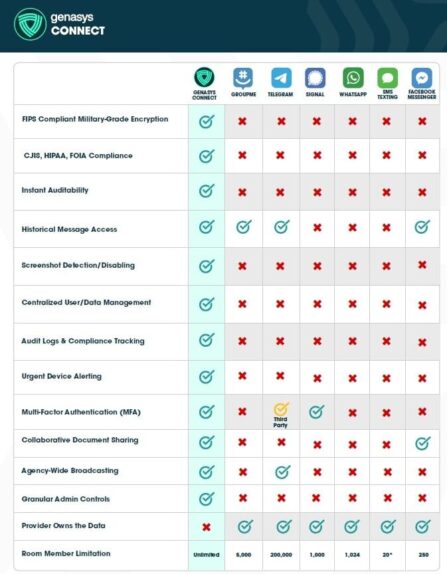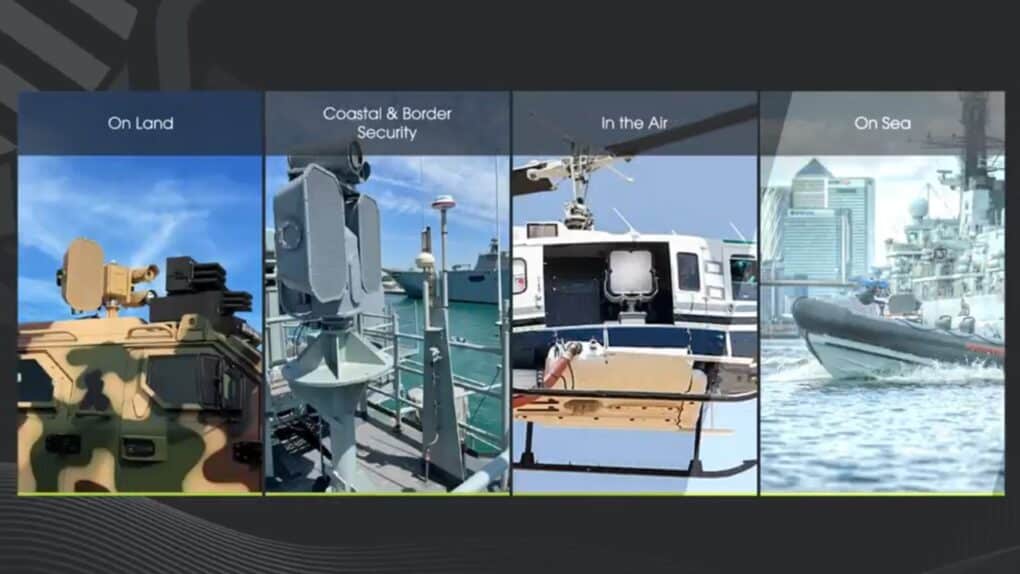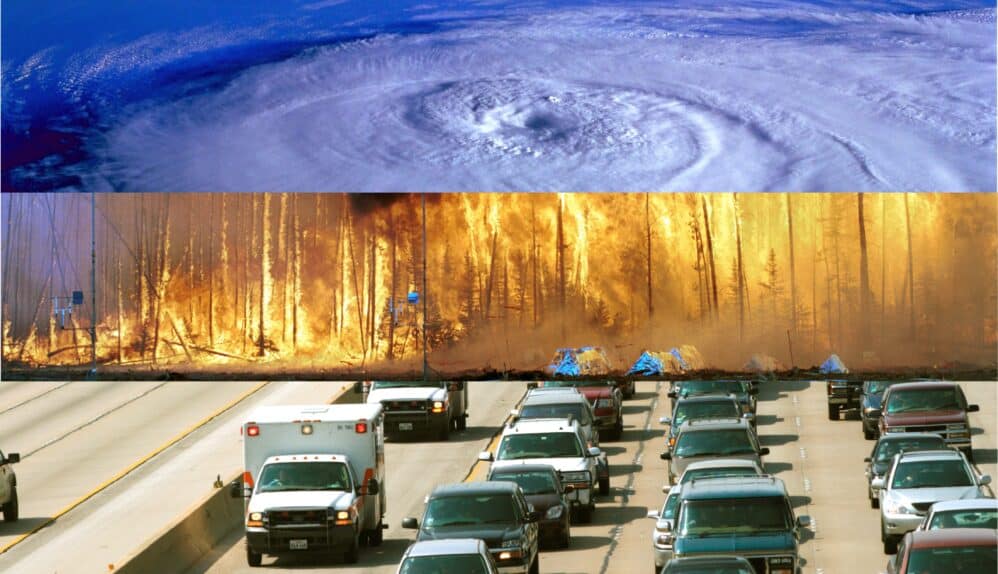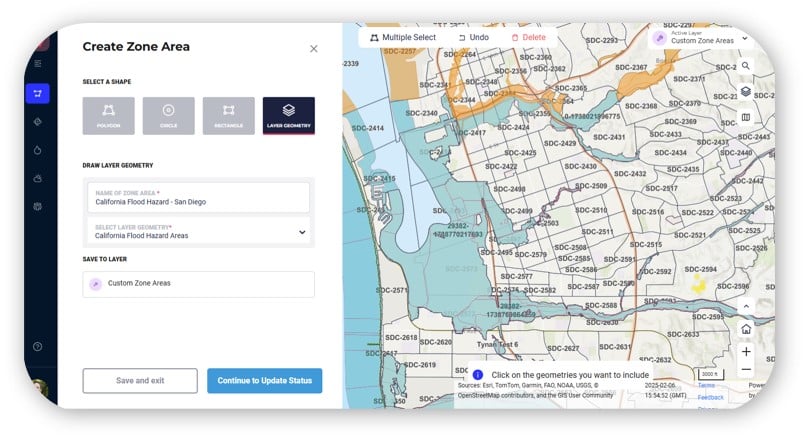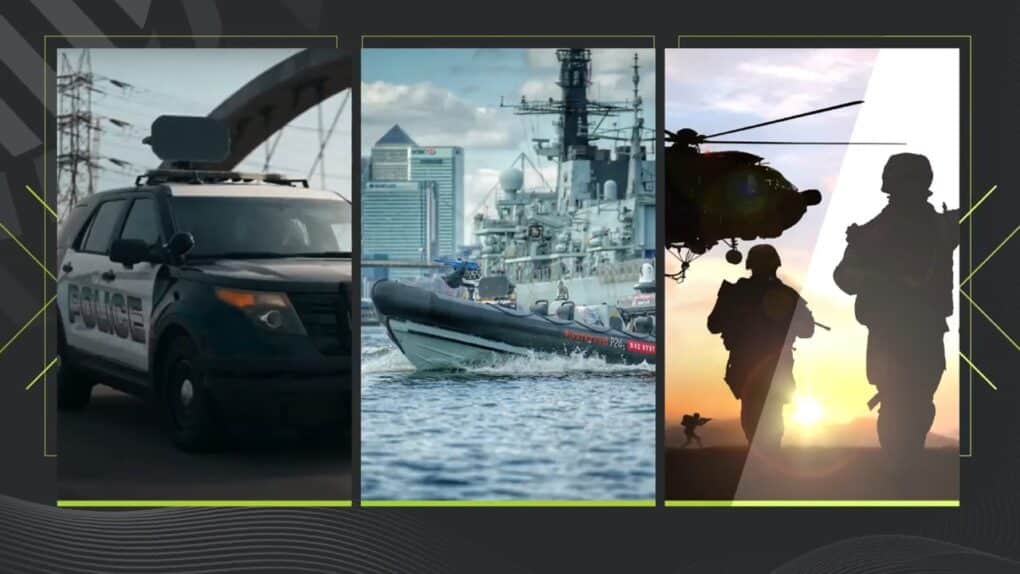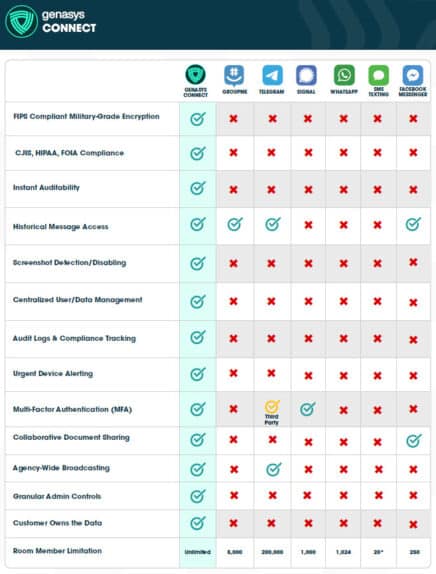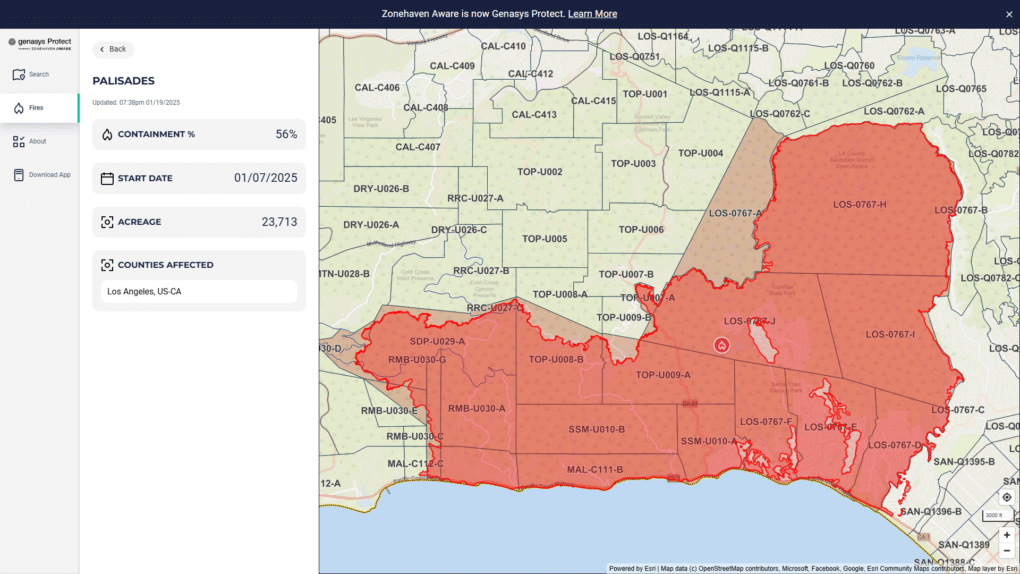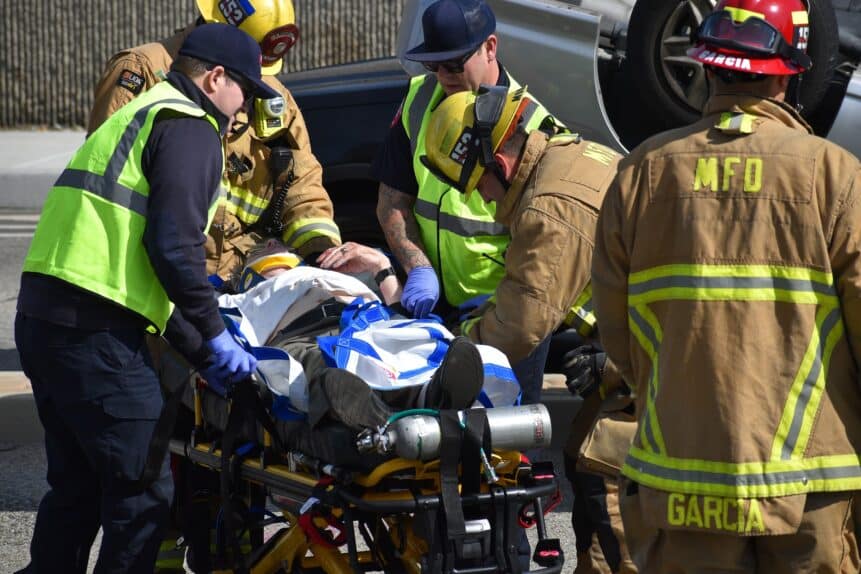Right now, government and public safety officials across the coastal regions of the nation are bracing for the most dangerous time of year: the heart of hurricane season. Although the annual season officially starts in June and runs through November, the frequency of these natural disasters typically reaches its annual peak in September.
The National Oceanic and Atmospheric Administration (NOAA) still expects above-normal hurricane activity this year. This means officials need to implement strong response strategies to ensure the safety of all citizens in their jurisdictions. An essential component of this preparedness is creating and maintaining effective real-time communication between all responding parties.
During emergencies, the spread of information can easily become chaotic. To avoid confusion and indecisiveness, officials must organize all intelligence and resources to allow responding parties immediate access to critical information. As officials and public safety personnel prepare for storms to strike this fall, they must prioritize communication strategies while developing, finalizing, and carrying out their emergency response plans.
Utilize effective communication resources
A crucial component of disaster preparation is ensuring all personnel have access to instinctive tools to allow for effective collaboration. Currently, more first responders use mobile phones on duty than the former go-to communication method of land mobile radio systems (LMRs). Knowing this, mobile collaboration and dispatch apps can ease relevant messaging and full coordination among participating agencies by establishing a coordinated place to share and receive intel instantly, instead of relying on ineffective traditional ways of communicating.
Leaders and officials must also remain mindful of security concerns while identifying platforms that best suit their agencies and the way they work together. It is important to note that many public-facing messaging applications are not compliant with relevant laws and regulations; however, there are various secure and compliant messaging platforms available that meet their agencies’ needs and allow for intuitive communication.
Create and maintain connections between agencies
Interoperability is essential for public safety agencies today, allowing for productive collaboration between agencies for crisis responses and management tactics. In a recent Verizon study, 93 percent of first responders said coordination between agencies is vital when responding to public safety crises, and 80 percent said continual cross-team collaboration is necessary. Unfortunately, without the proper communication tools in place, responding personnel often lack the ability to easily connect with other agencies to pass on critical information.
Throughout hurricane season, prioritizing and leveraging interoperability can significantly impact strategy execution and, more importantly, human safety. Preparing for and responding to a crisis, such as a tropical storm, is a team effort. From the training phase to the middle of the storm, the presence of consistent, real-time updates across all agencies is crucial.
Establish an organized flow of information
Agency leaders can best leverage communication platforms to organize personnel into chat groups based on responsibilities. Police, fire, and EMS teams can be set up in one group with their captains and team leads in another, or even intertwined. Including government officials and city leaders in chat groups also helps to ensure they are cognizant of strategies and their execution as needed. As situations arise and develop, leaders should modify chat groups and channels to include any new parties entering the response efforts.
Any communication and collaboration faults during a hurricane, or any crisis, for that matter, can enhance the risk of further damages and, more importantly, human casualties. Effective preparation and proactive decision-making enable a smooth flow of clear information and essential resources to relevant responding personnel and to citizens through social media, news networks, or smartphone alerts.
With the right tools in place, government officials and public safety representatives can help keep first responders and citizens safe. As the peak of another intense season approaches, implementing effective communication strategies is paramount to these efforts.
Jeff Halstead dedicated nearly 30 years of service to law enforcement with the Phoenix Police Department and the Fort Worth (Texas) Police Department. As chief of police in Fort Worth, he navigated many national and global crises. After retiring in 2015, he founded Evertel, now Genasys Protect CONNECT, a secure and compliant mobile collaboration platform for first responders and government entities, to solve the communication disparities he witnessed firsthand. Email Halstead at jeff@getevertel.com.


